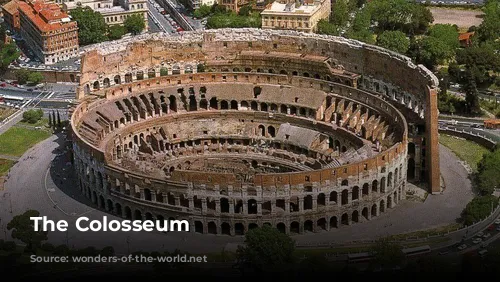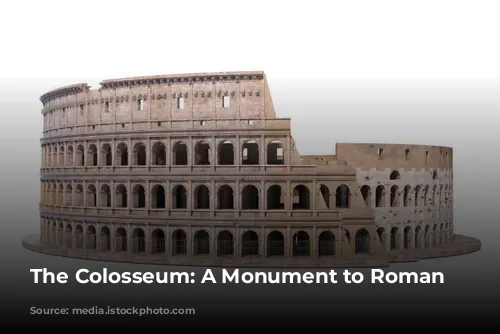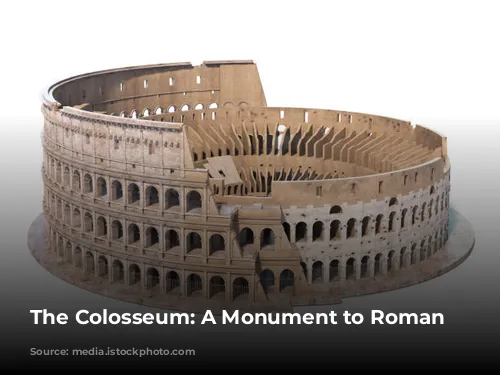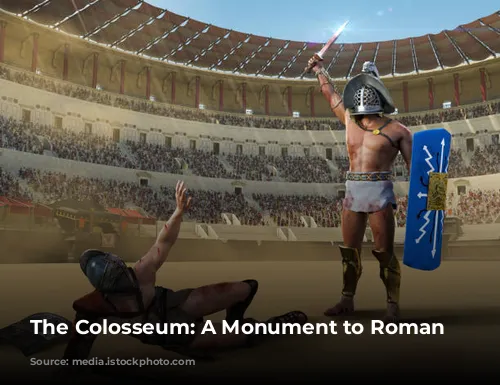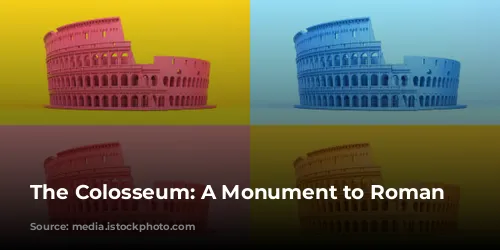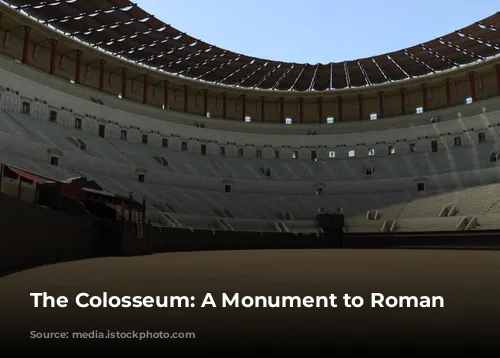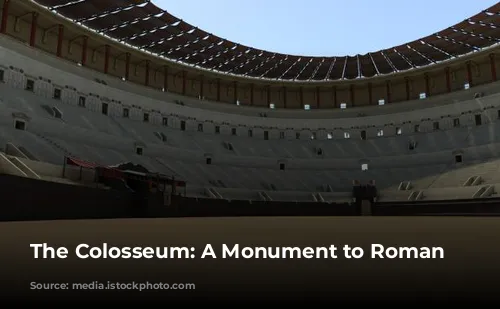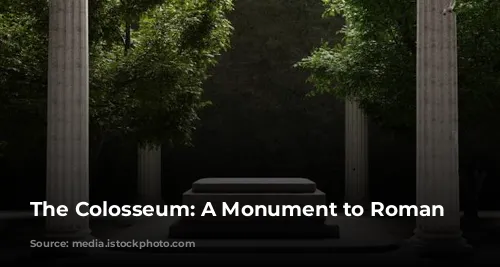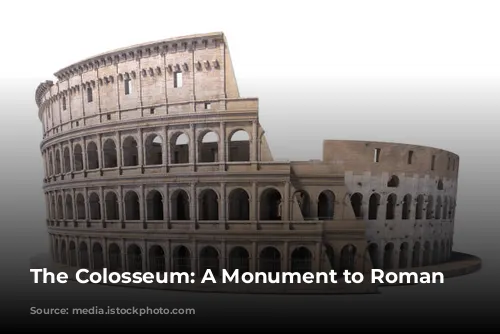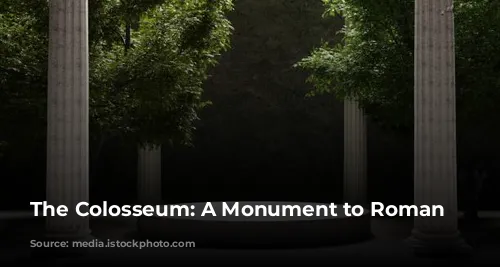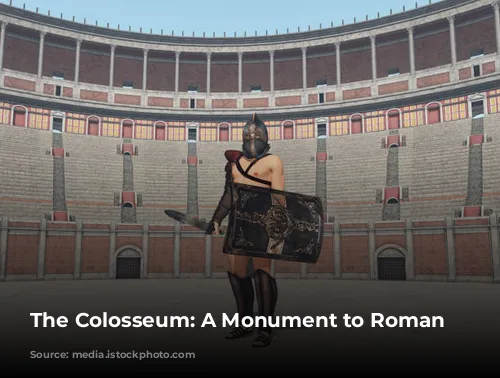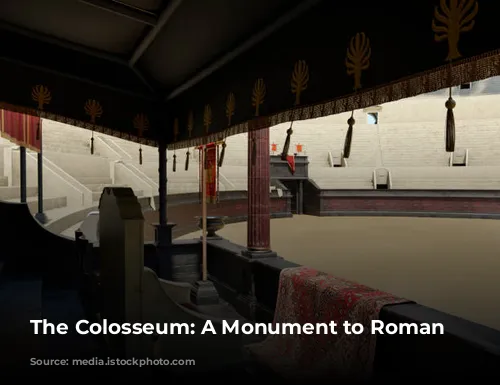The Colosseum, a towering monument to Roman power, stands as a testament to the grandeur and ambition of the Roman Empire. This massive amphitheater, the largest ever constructed by the Romans, dwarfs its counterparts throughout the empire. It’s a clear symbol of Rome’s supremacy, meant to showcase its unmatched resources and technological prowess.
The Colosseum is more than just a circle; it’s actually an oval, a shape known as an ellipse. This unique shape, with a ratio of 1.2 between its length and width, creates a striking visual effect. The Colosseum’s imposing dimensions are truly remarkable: it’s over 187 meters long, nearly 156 meters wide, and stands tall at 50.75 meters. It’s a testament to the Romans’ engineering skills and their mastery of architecture.
Structure of a Monument
The Colosseum is not simply a giant wall; it’s a complex structure designed for spectacle and entertainment. The heart of the Colosseum is the arena, a vast space of 83 meters by 48 meters. The arena is surrounded by terraces, creating a tiered seating system, and a grand facade. The facade, although incomplete today, reveals the intricate construction of the building. The shape of the arena itself adds to the visual impact, accentuating the oval form of the Colosseum.
This ovoid shape wasn’t just a stylistic choice; it was a common design element in Roman amphitheatres. The Romans, masters of engineering, favored this shape for its practicality and aesthetics. It provided a perfect vantage point for spectators and facilitated the flow of people.
A Glimpse into Roman Construction
The Colosseum’s facade boasts 80 arcades, spread across three levels. Each arcade, with a width of 4.2 meters and a height of 6.45 meters (except for the lower level which is 7.05 meters high), creates a rhythmic pattern that visually enhances the grandeur of the structure.
The sheer size of the Colosseum is awe-inspiring. With a capacity of 75,000 to 80,000 people, it could hold a population larger than many modern-day cities. Imagine the excitement and spectacle of a packed Colosseum, where the roars of the crowd could be heard for miles.
Roman society, with its rigid hierarchy, was reflected in the seating arrangement within the Colosseum. The closer to the arena, the higher the social standing. This arrangement reinforced the social order, highlighting the importance of status and privilege.
Comparing the Colosseum to its Peers
The Colosseum’s size and grandeur are unmatched, even amongst other Roman amphitheatres. The amphitheatre in Leptis Magna, built in 56 AD, is impressive but smaller than the Colosseum, measuring 121 x 111 meters with an arena of 57 x 47 meters. The amphitheatre of Pompeii, built in 80 BC, is one of the oldest permanent Roman amphitheatres and measures 135 x 104 meters with an arena of 67 x 35 meters.
Roman amphitheatres are found all over the former Roman Empire. The amphitheatre in Nîmes, France, built in 90 AD, is also large, measuring 133 x 101 meters with an arena of 69 x 38 meters. The amphitheatre in Mérida, Spain, built in 8 BC, measures 126 x 65 meters. And in Pula, Croatia, stands an amphitheatre built in 79 AD, measuring 133 x 105 meters.
Despite their size and grandeur, these amphitheatres are all dwarfed by the Colosseum, a testament to the ambition and engineering prowess of Rome at its zenith. It stands as a symbol of Roman power and a reminder of the empire’s cultural and architectural achievements.
